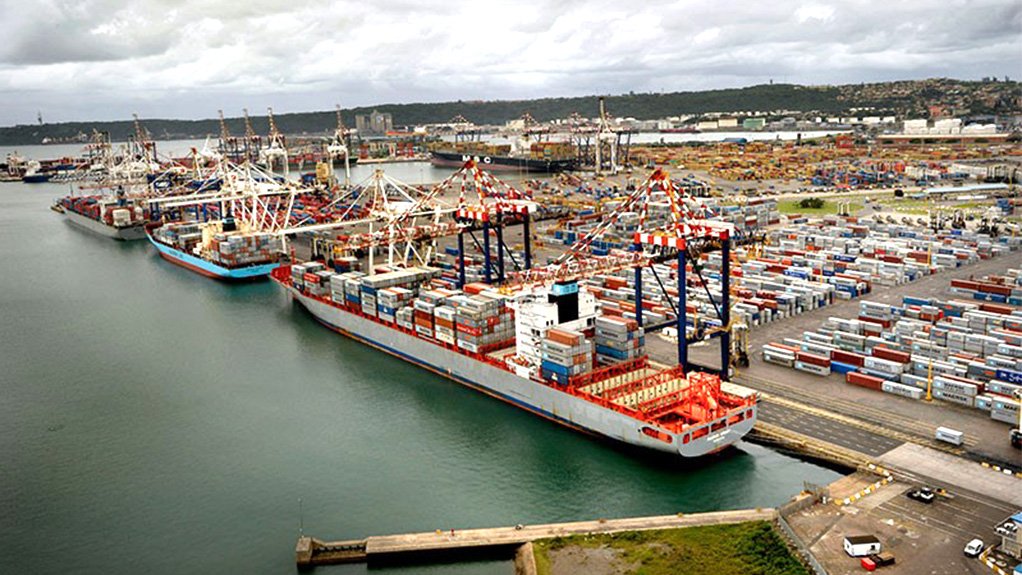Durban Container Terminals (DCT) has partnered with transport logistics associations to confront the backlogs in the port following the strike by dockworkers last month.
Transnet announced in a statement late on Thursday that the port had partnered with four associations representing more than 300 trucking companies to clear current backlogs. These include Positive Freight Solutions, Change in Logistics, Harbour Carriers Association, and South African Association of Freight Forwarders.
Transnet said the partnership included truckers agreeing to work within the confines of the truck booking system and the new import storage rule. Transnet said DCT had reduced the number of vessels at anchor from 15 to eight within two weeks of the strike.
DCT managing executive, Earle Peters, said: “There has been an improvement in the availability of straddle carriers. We have also been monitoring trucks with high dwell times and transactions every hour.”
Peters added that the terminals had implemented several initiatives to maximise landside capacity, including the implementation of the adjusted import storage rule allowing customers to collect containers as soon as they were offloaded from vessels. All the initiatives combined have resulted in improved operator moves per hour.
“We have established a virtual interchange transfer zone which allows spreading of volume to prevent congestion in one tower,” Peters said.
Terminals are now stacking two-high to reduce shuffles, and reefer stacks have been opened to general cargo, creating capacity to spread any availability to reefer blocks. The terminals have also introduced a performance monitoring tool that allows supervisors to track and provide feedback to individual operators of the equipment.
He said that the mass evacuation by rail of import containers to back-of-port facilities had also contributed positively to the decongestion of the stacking yard and roads. Engagements with transport logistics associations were ongoing and terminal management was confident of a greater benefit in the short to long term.
Transnet had earlier estimated that it would take four months for the entire supply chain to recover fully from the delays caused by the strike, but ongoing collaboration and engagement with the logistics industry had focused on how to reduce this period. Maximum deployment of straddle carriers and maximum allocation of working teams on weekends underpin the current recovery plans, supported by an immediate technical response to any equipment breakdowns.
Source Southern Africa’s Freight News – Full Article

